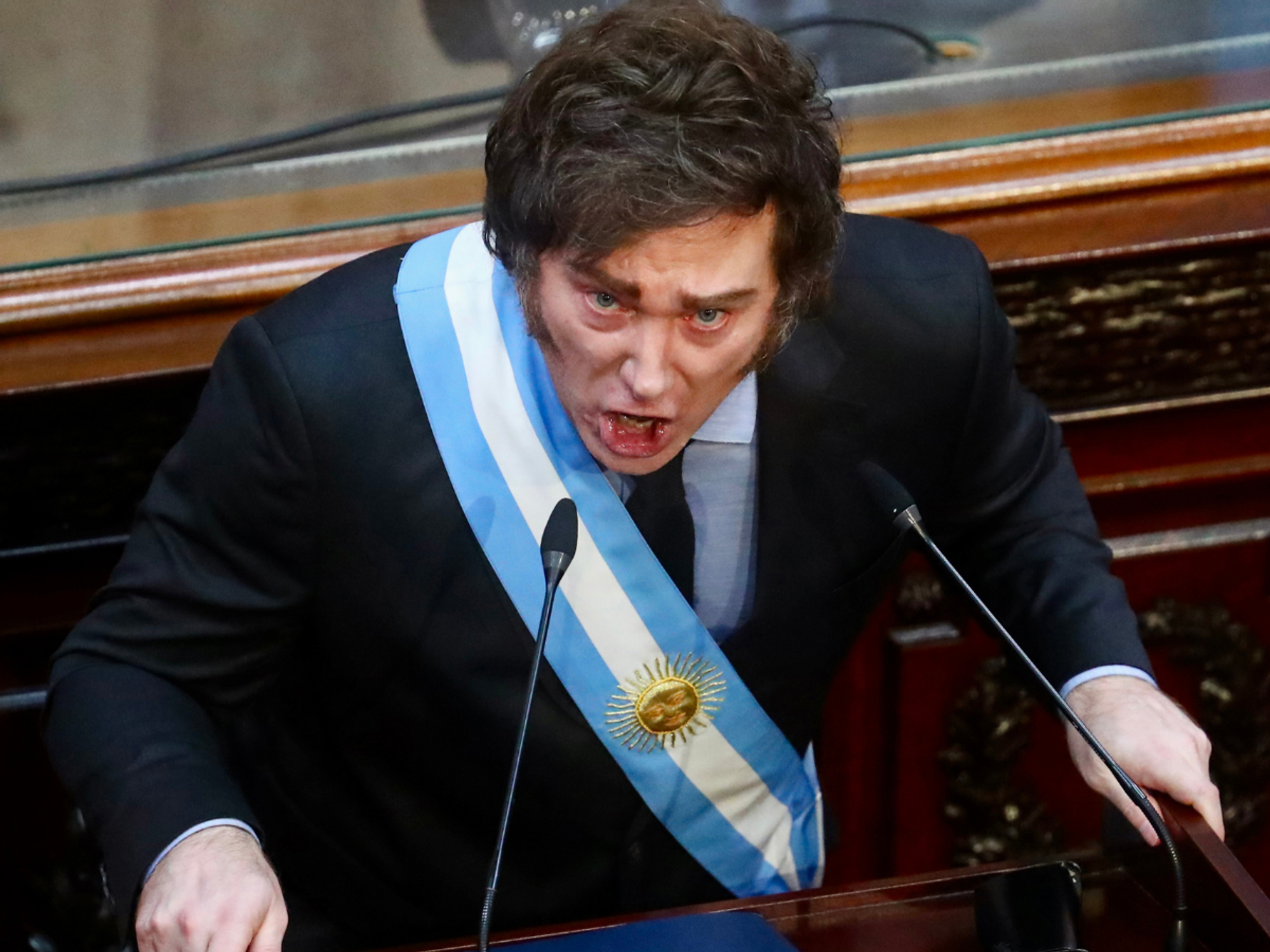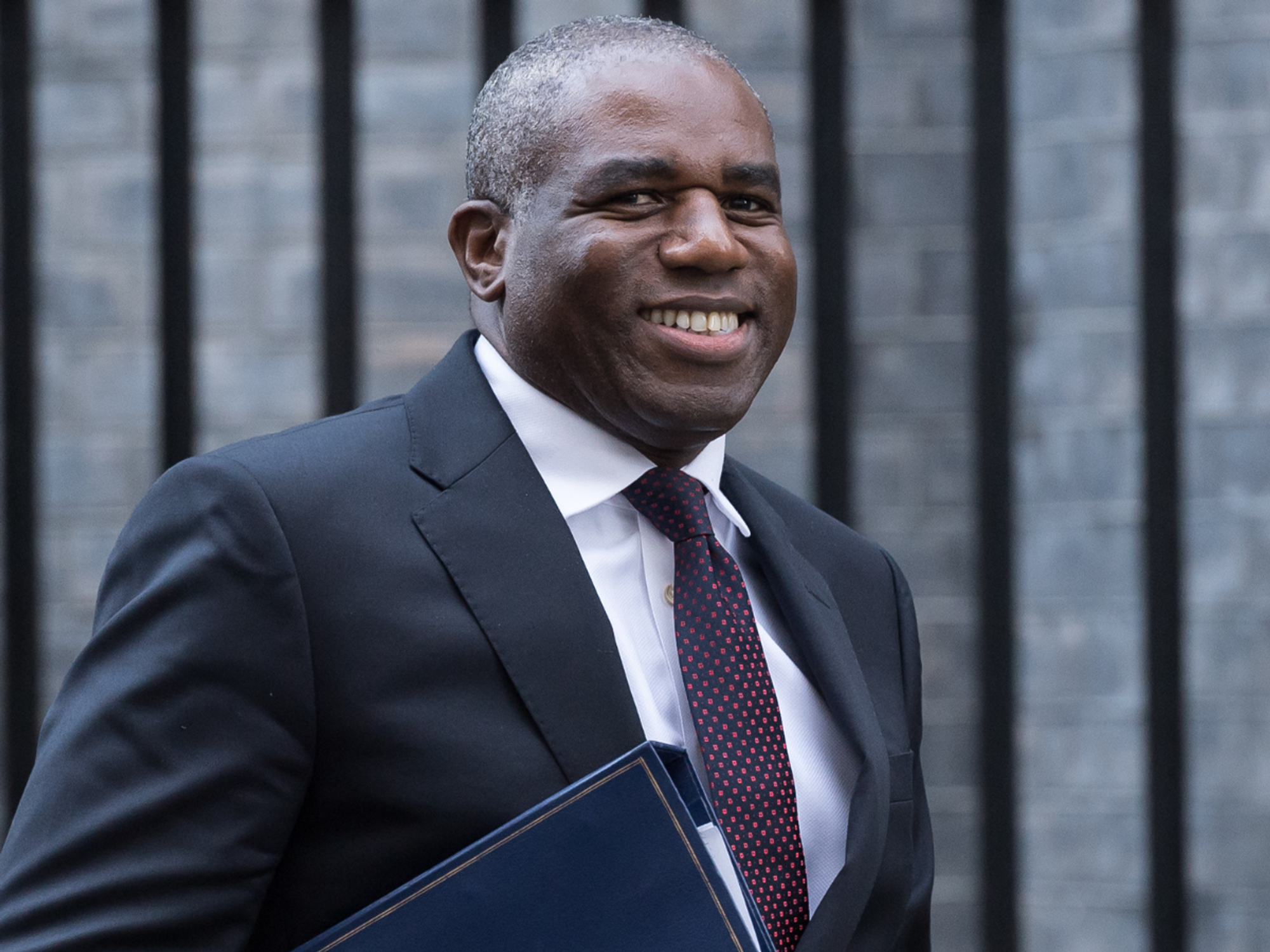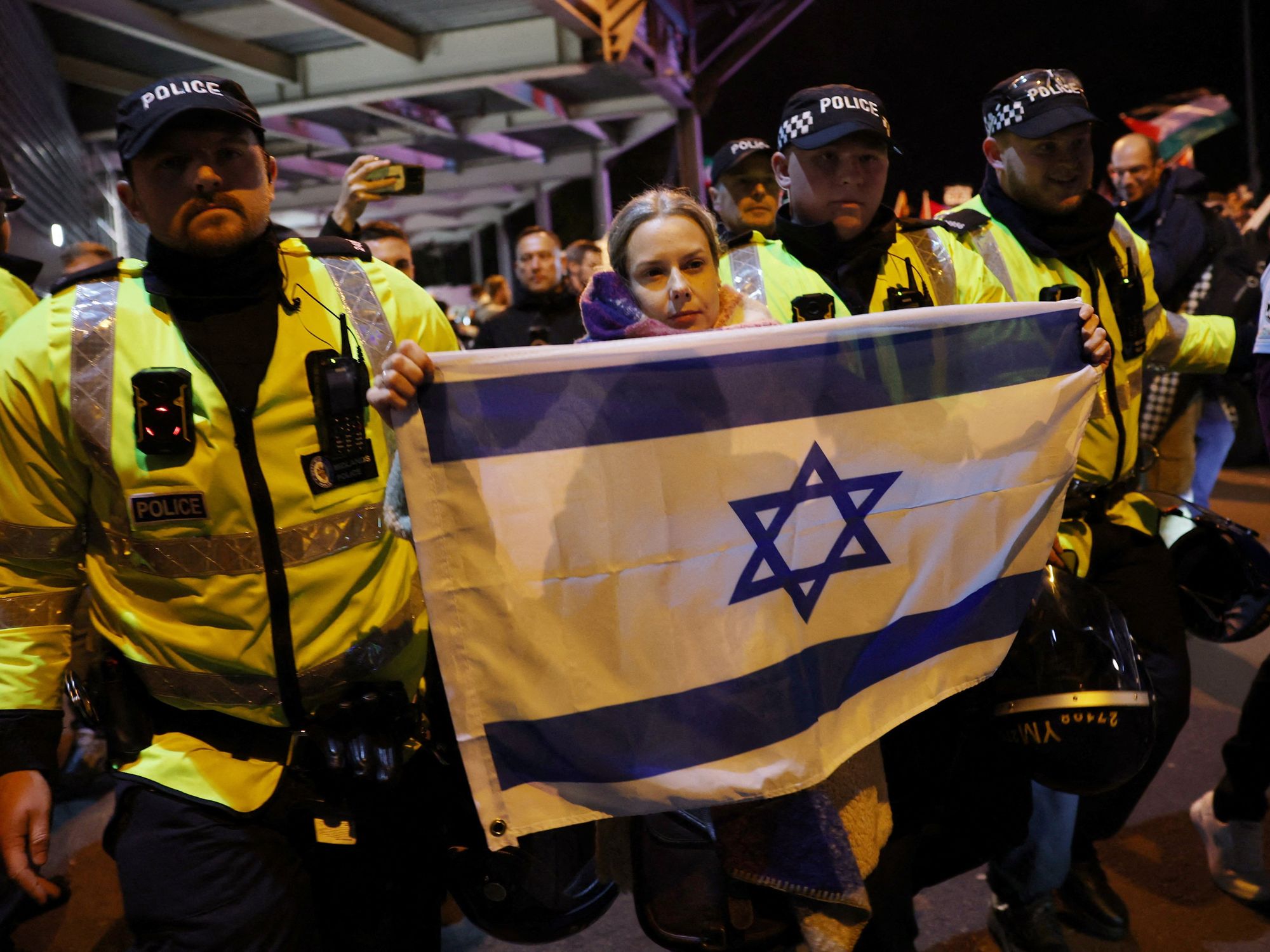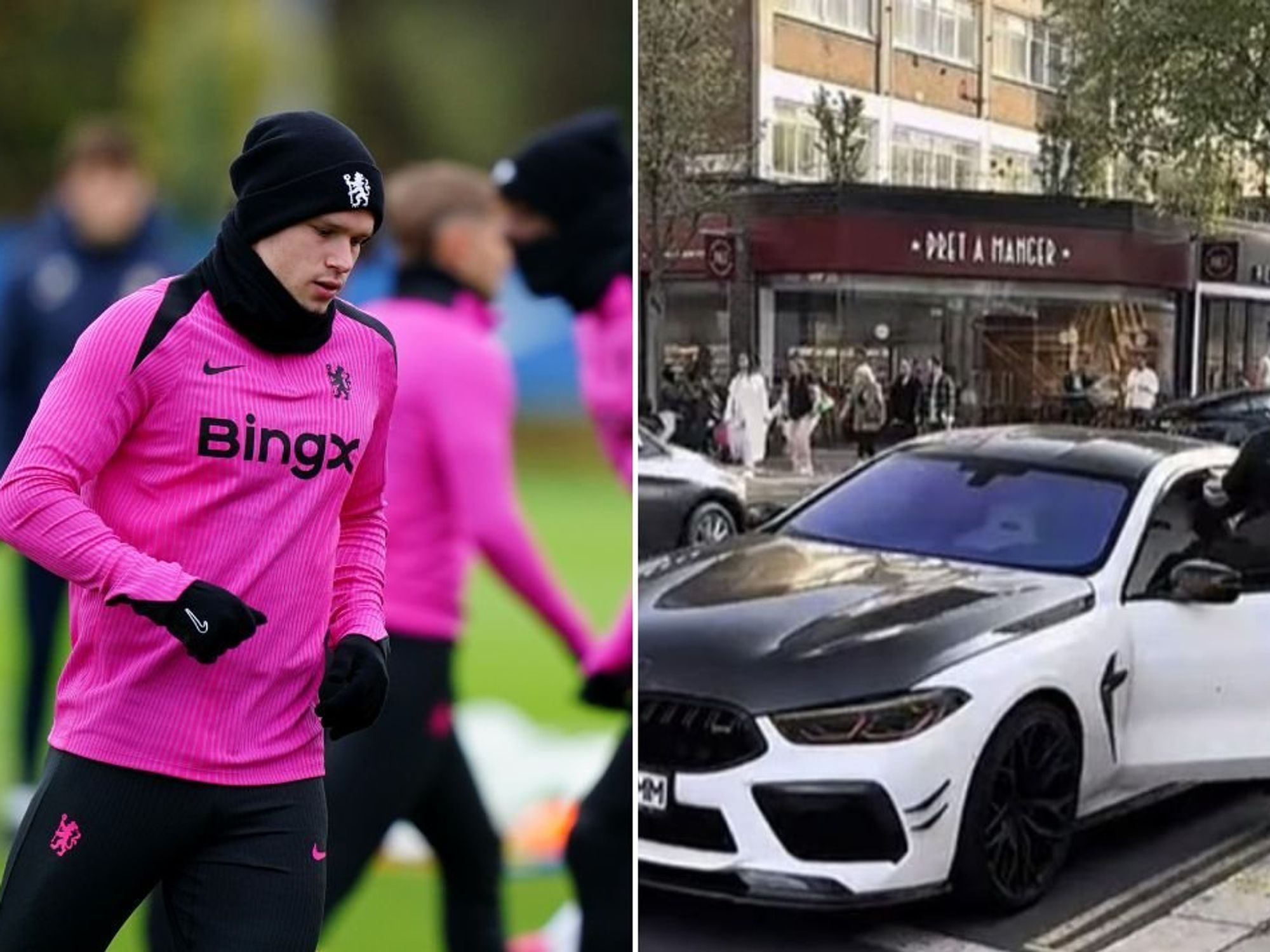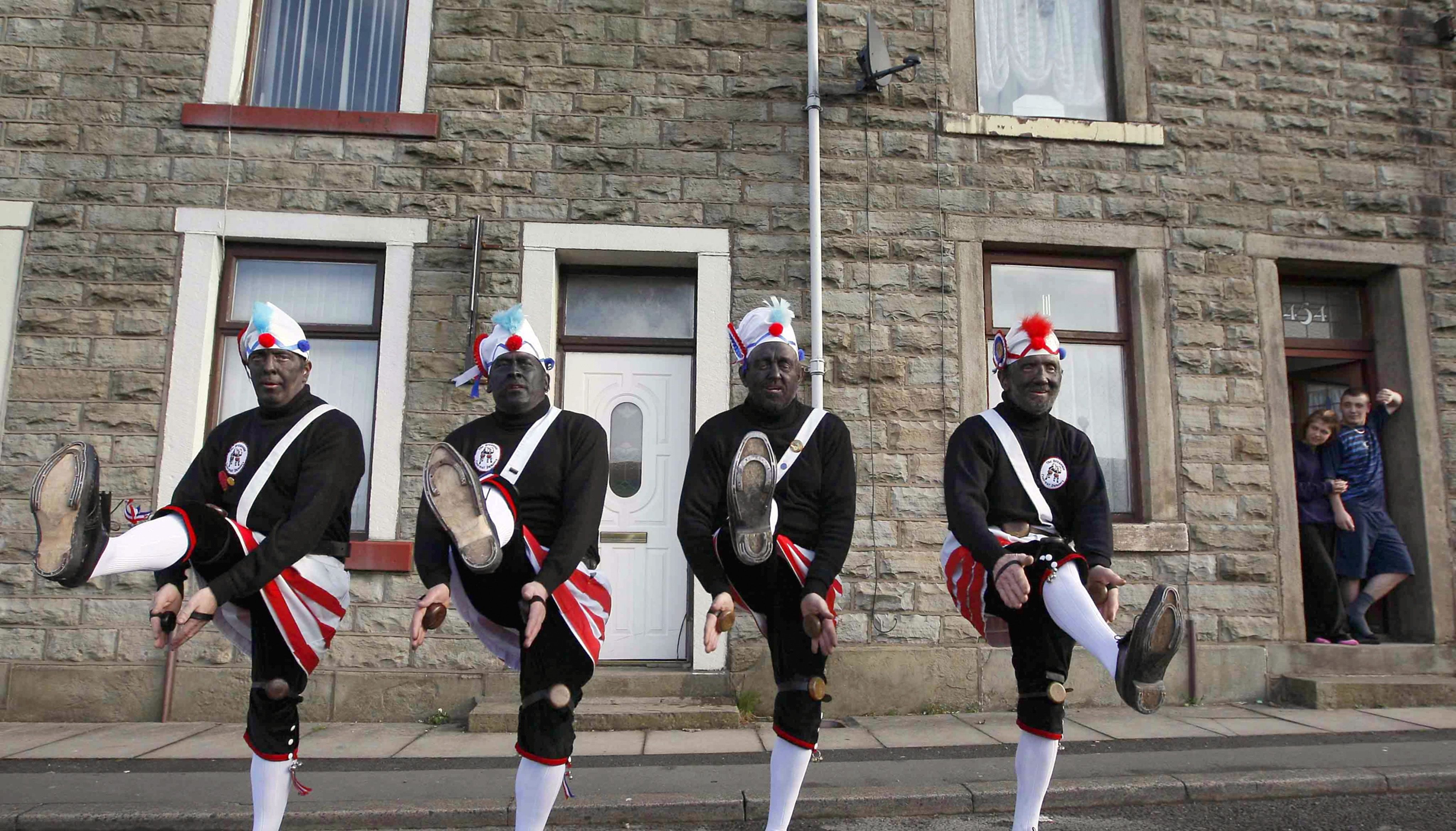Blackface Morris dancers wear controversial make-up for May Day performance despite criticism

Despite the ruling, the Britannia Coconut Dancers defied the order and wore the same costumes and make-up in front of the Crowns Inn on Sunday
Don't Miss
Most Read
Latest
Blackface Morris dancers ignored criticism to entertain crowds at a May Day event.
The Britannia Coconut Dancers in Bacup, Lancashire, split from The Joint Morris Organisation in 2020 after they refused to comply with the country's umbrella group for Morris dancing groups' request for them to stop using blackface.
The group has faced increased criticism due to their costume.
Dave Thompson
The body deemed: "Full face black or other skin tone make-up was a practice that had the potential to cause deep hurt".
Despite the ruling, the Britannia Coconut Dancers defied the order and wore the same costumes and make-up in front of the Crowns Inn on Sunday.
The group say the costume is inspired by the local coal mining industry.
Dave Thompson
The group's dancers are often seen donning red tunics, white hats, black jerseys, white stockings, black clogs and paint their faces black as they perform to the public.
It is believed the costume is influenced by Moorish pirates who settled in Cornwall before joining the mining industry in the 18th and 19th century, however the origins remain unclear.
The pirates moved to coal mines in the north after working in tin mines.
The group insist their blackened faces are a reference to their town's rich coal mining history, and has been a part of the dancing tradition for over 100 years.
Local ethnic minority charity Lancashire BME Network backed the dance troupe despite growing criticism, saying they had "never seen it as a racial thing" within the context of the act.
Despite this, fellow dance troupe Silurian Border Morrismen ditched their 500-year tradition of wearing blackface for their Boxing Day tour in the wake of the Black Lives Matter movement.
The group instead painted their faces green for their performances.
The Britannia Coconut Dancers carry out their routines with eight men who each carry a set of coconuts which are used as props.
A member of the group known as the 'whiffler' carries a whip to accompany a sound created by a tapping of the coconuts, performed by the dancers.







